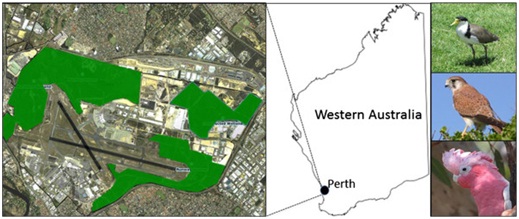![]() Wildlife collisions with aircraft pose a significant threat to public safety, having directly caused 221 fatalities since 1988. The “Miracle on the Hudson“, where a plane crash-landed into the Hudson river in 2009, was indeed caused by a collision with a flock of geese. In addition, wildlife collisions cost the airline industry over one billion US Dollars every year through damages.
Wildlife collisions with aircraft pose a significant threat to public safety, having directly caused 221 fatalities since 1988. The “Miracle on the Hudson“, where a plane crash-landed into the Hudson river in 2009, was indeed caused by a collision with a flock of geese. In addition, wildlife collisions cost the airline industry over one billion US Dollars every year through damages.
New research published in Investigative Genetics by a group of scientists from Murdoch University (Australia) demonstrates a new way to address this issue, using an unexpected tool – next-generation sequencing. By analysing the DNA from the stomach contents of birds found in Perth Airport the study identified exactly what species the birds had been eating, and, hence, what is attracting them to the airport runways.
The researchers performed genomic analysis on the digested food inside 77 carcasses of 16 bird species collected over a 12-month period from the Perth aerodrome. It was found that the most commonly eaten species were mice, grasshopper, and grasses. The researchers propose methods that can be put in place, such as insecticides and growing alternative types of grass, as part of hazard management in airports to reduce the potential incidence of birdstrikes.
Next-generation sequencing has delivered a major transformation in the way scientists extract genetic information from biological systems, advancing fields from human disease research to agriculture. This article shows yet another novel application of this method, delivering practical recommendations to resolve a challenging problem.
You can read the full article on the website, where you can also sign up for article alerts from the journal. For more information on Investigative Genetics, or to submit a manuscript, please visit the journal website or contact the Editorial Office.

- Frontiers in Zoology article wins IgNobel Prize - 19th September 2014
- Airport hazard management with the help of DNA sequencing - 11th December 2013
Comments